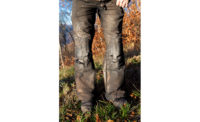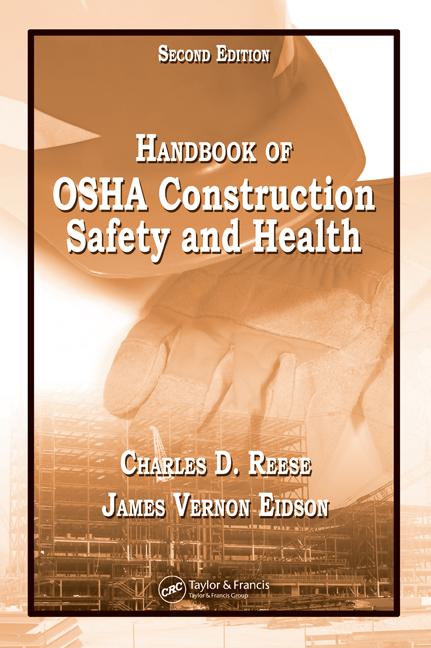Hotter than the sun
An arc flash is the sudden release of electrical energy through the air following a phase-to-phase or phase-to-ground fault. It can expose workers — in brief bursts — to temperatures hotter than those found on the surface of the sun, as well as to hot gases, intense pressure waves that have the same effect as a hand grenade going off nearby, and shrapnel from vaporized and molten metal particles. Arc-related injuries can be horrific: severe burns, blindness, hearing, memory loss, broken bones or death.1
Limiting the potential for arc flash exposure should begin with engineering design changes and administrative controls, including work practices, according to OSHA. These may include decreasing the arcing current by using protective devices designed to limit current, increasing the working distance with the use of remote devices and extension tools and reducing the clearing time.2
Counting calories
The FR clothing industry has developed an Arc Thermal Performance Value (ATPV) rating system based on heat energy exposure (which determines whether or not a specific fabric will ignite). ATPV is measured in calories per square centimeter (cal/cm2). Employers are expected to make their best estimate of heat energy exposure based on currently available information. According to an OSHA letter of interpretation of standards, what constitutes a reasonable estimate of actual exposure conditions will vary with the electrical system, with the methods used to work on energized equipment, and with the work practices used to limit the exposure to flames or electric arcs.5 Appendix D of NFPA 70E provides a detailed sample calculation of a flash protection boundary.3 The revision of its electric power generation, transmission and distribution standards (1919, 1926) OSHA proposed in 20054 contains other methods of estimating incident energy from an electric arc. Various software packages and mathematical formulas are available to help with heat energy calculations.2
What not to wear
According to an OSHA letter of interpretation of Apparel Standard, 29 CFR 1910.269(l)(6), of the Electric Power Generation, Transmission, and Distribution Standard5, in environments where arc flash exposure is possible, clothing made from acetate, nylon, polyester, rayon — either alone or in blends — is prohibited, because those fabrics could increase the severity of the injury sustained by the employee. They are permissible if the employer can demonstrate that the fabric has been treated (i.e., made flame resistant or flame-retardant).5
Wearing flammable fabrics under other layers of clothing does not lessen their danger. If sufficient heat passes through the outer layers, these garments can ignite and cause burn injuries — particularly if they melt in contact with the skin.5
The standard does not prohibit short sleeve FR shirts — per the letter of interpretation — but their use is strongly discouraged. FR clothing that covers the arms, in addition to the body and legs, provides the best protection.5
Additionally, employers must ensure that workers remove or cover all exposed conductive articles such as key or watch chains, rings, or wrist watches or bands, unless such articles do not increase the hazards associated with contact with the energized parts.5
How to take care of FR clothing
No matter who provides the protective clothing worn by workers, the employer is responsible for ensuring that the flame resistance or flame-retardant-treated conditions of that apparel are maintained, according to OSHA.5
Laundering FR clothing correctly is vital to keeping its protective qualities intact, but even following the proper procedures won’t salvage garments that have been contaminated with grease, oil, solvents and other flammable substances. These must be discarded and replaced.2
FR garments can be cleaned by a commercial laundry or washed at home, although NIOSH recommends leaving clothing soiled with hazardous chemicals at work, to be laundered by the employer6. It is important that the processes and materials used to launder flame resistant garments are compatible with the FR materials to ensure that the FR protection of the garment is not compromised during the laundering process. The manufacturer’s instructions should serve as the primary guide to laundering FR garments. ASTM F1449-08 Standard Guide for Industrial Laundering of Flame, Thermal, and Arc Resistant Clothing covers the key components of a program for the care and maintenance of flame, thermal and arc resistant clothing.6
FR clothing that is damaged often requires special repair techniques. For example, sewing a tear with common nylon thread may reduce the item’s FR protection.2
References
1 Personal Protective Equipment - Flame-Resistant (FR) Clothing osha.gov/SLTC/etools/electric_power/ppe_flameresistantclothing.html
2 Best Practices for Arc Exposures and Use of FR Clothing osha.gov/SLTC/etools/electric_power/ppe_bestpracticesforarc.html
3 NFPA 70E, Standard for Electrical Safety in the Workplace, 2004 Edition, National Fire Protection Association www.nfpa.org/catalog
4 OSHA Electric Power Generation, Transmission, and Distribution; Electrical Protective Equipment; Proposed Rule osha.gov/pls/oshaweb/owadisp.show_document?p_table=FEDERAL_REGISTER&p_id=18361
5 OSHA Standard Interpretation by James W. Stanley, Deputy Assistant Secretary 8/10/95 osha.gov/pls/oshaweb/owadisp.show_document?p_table=INTERPRETATIONS&p_id=21878
6 ASTM F1449 - 08 Standard Guide for Industrial Laundering of Flame, Thermal, and Arc Resistant Clothing www.astm.org/Standards/F1449.htm





